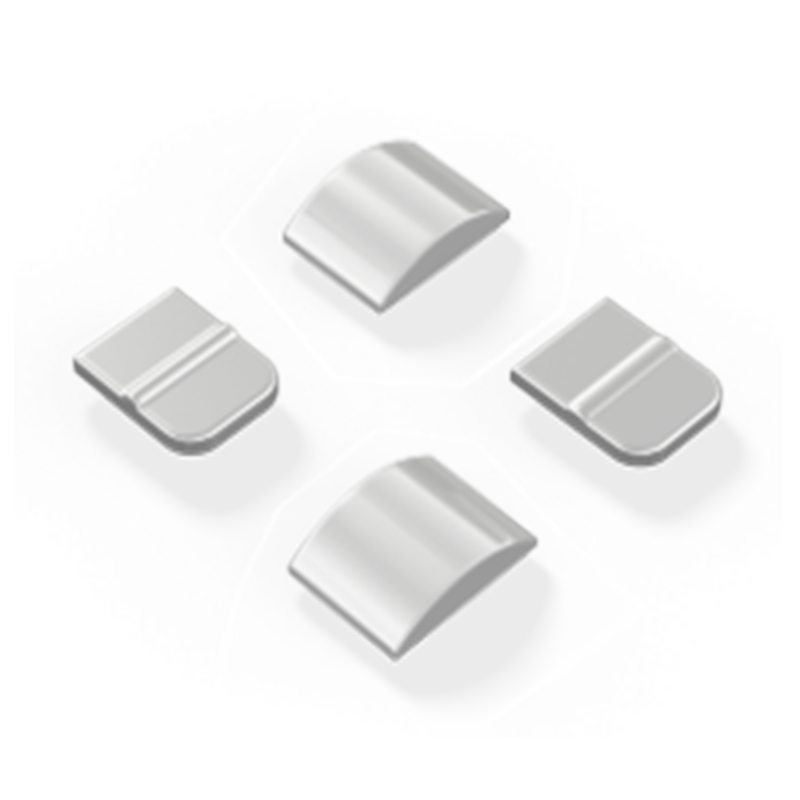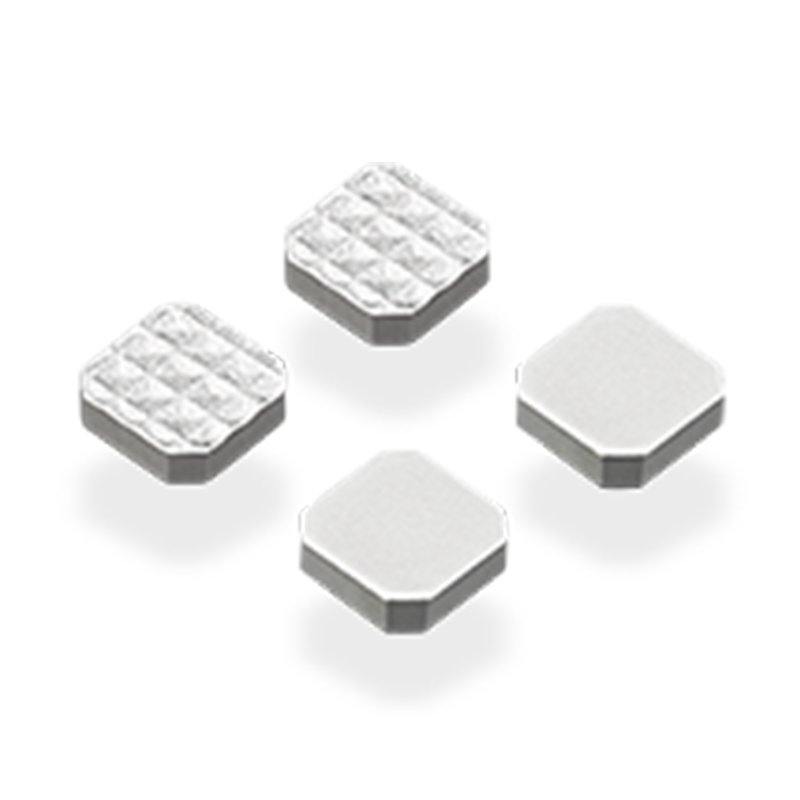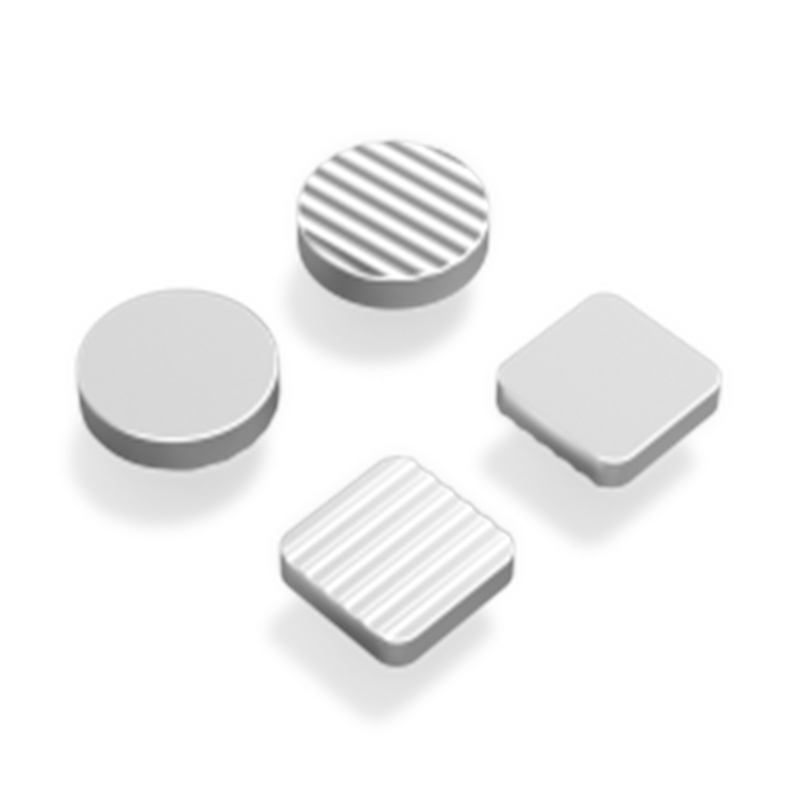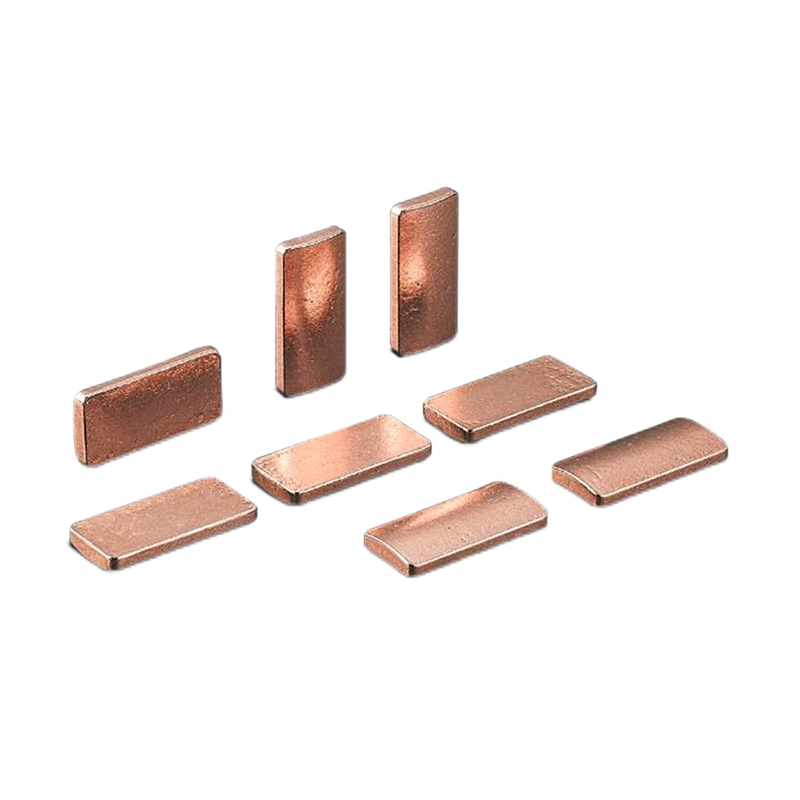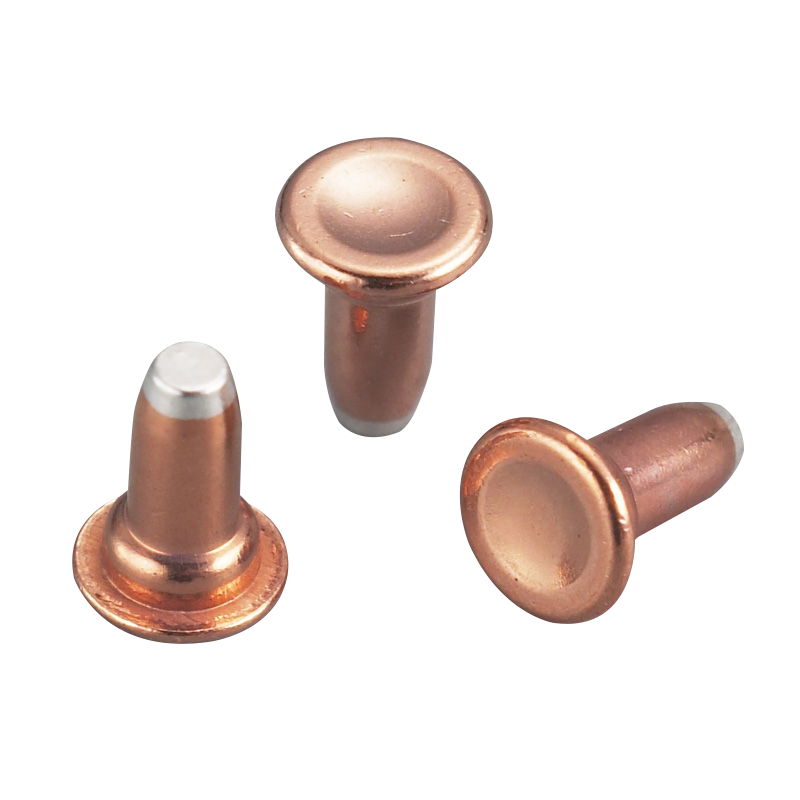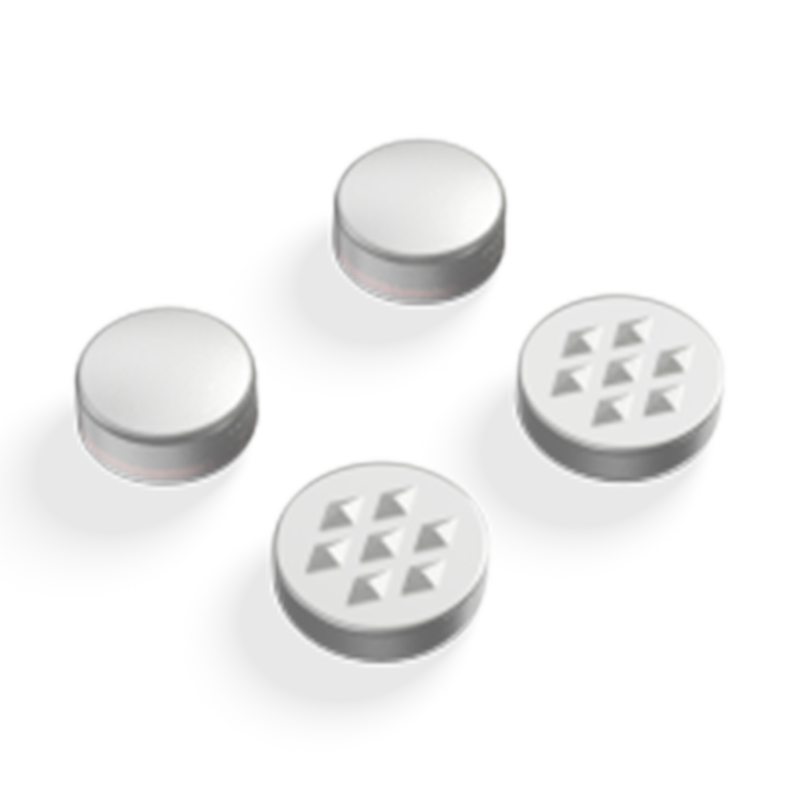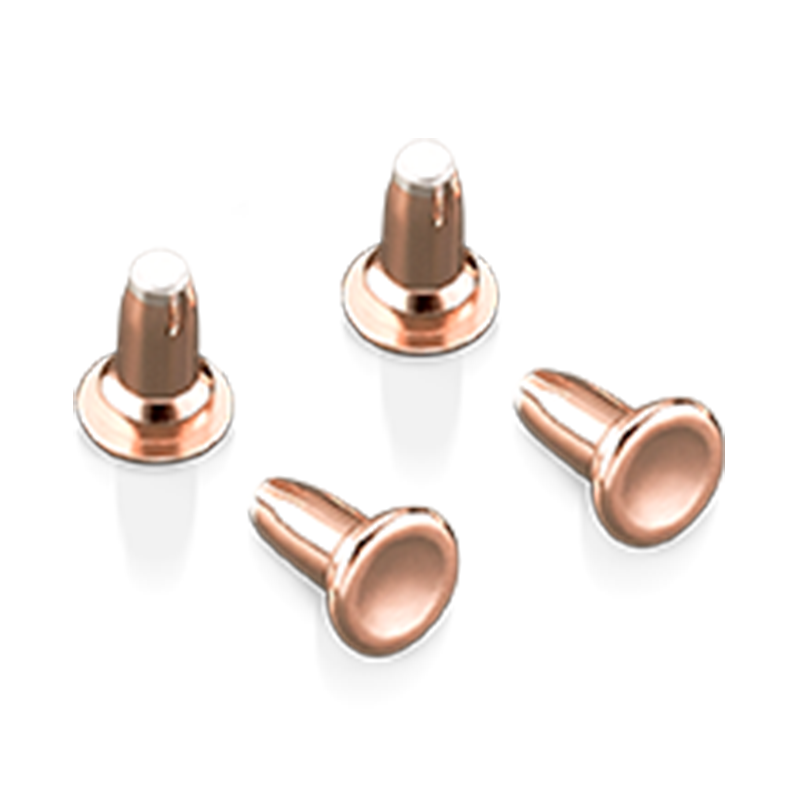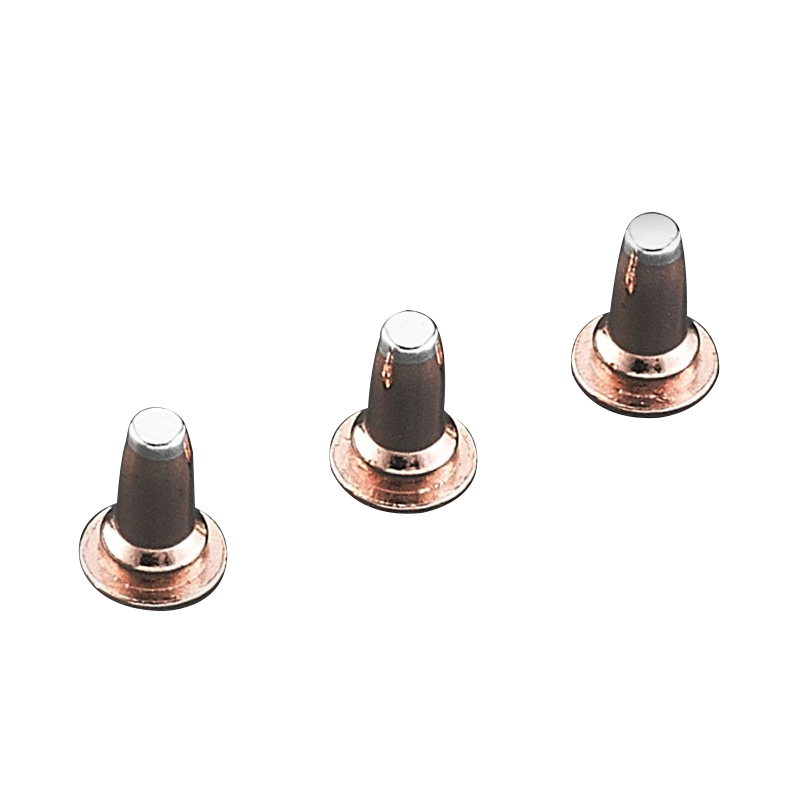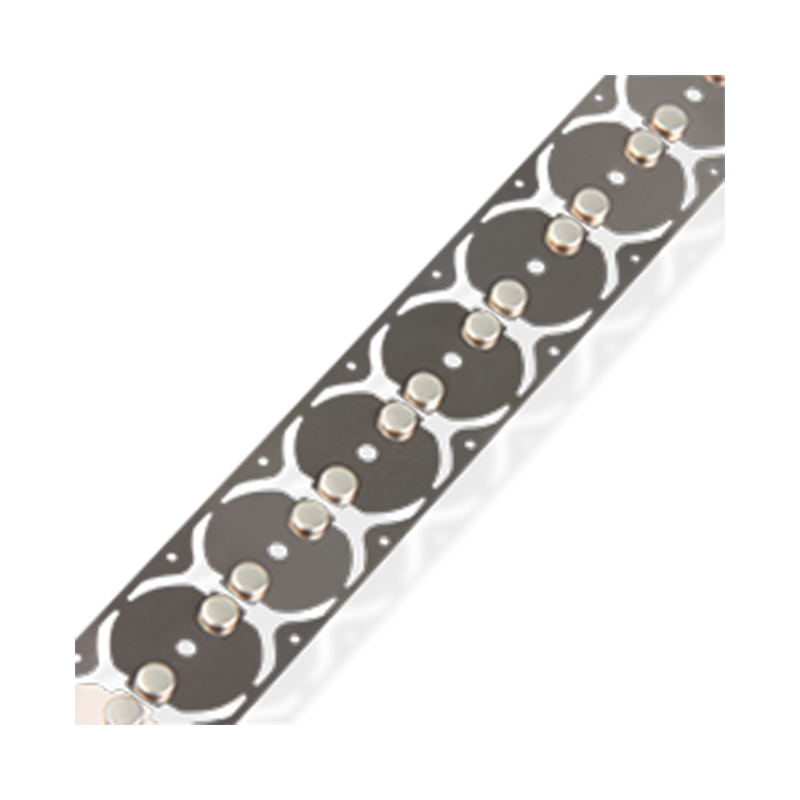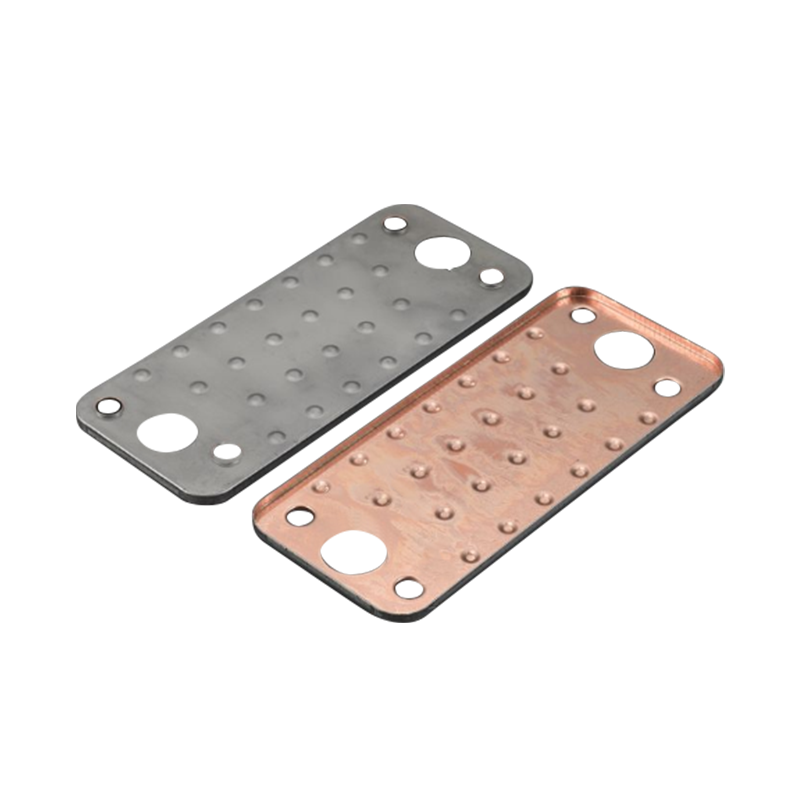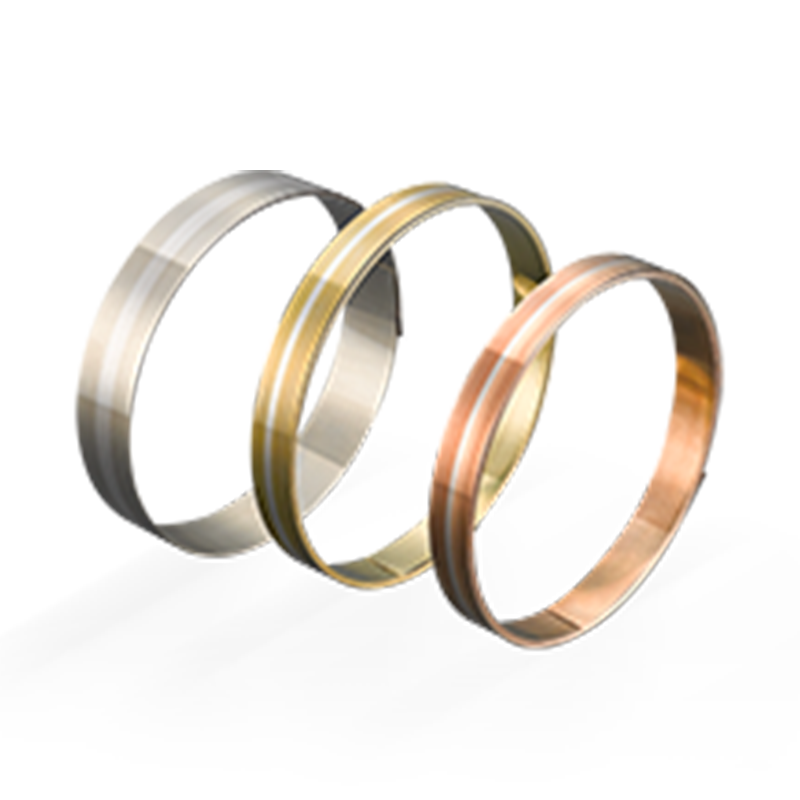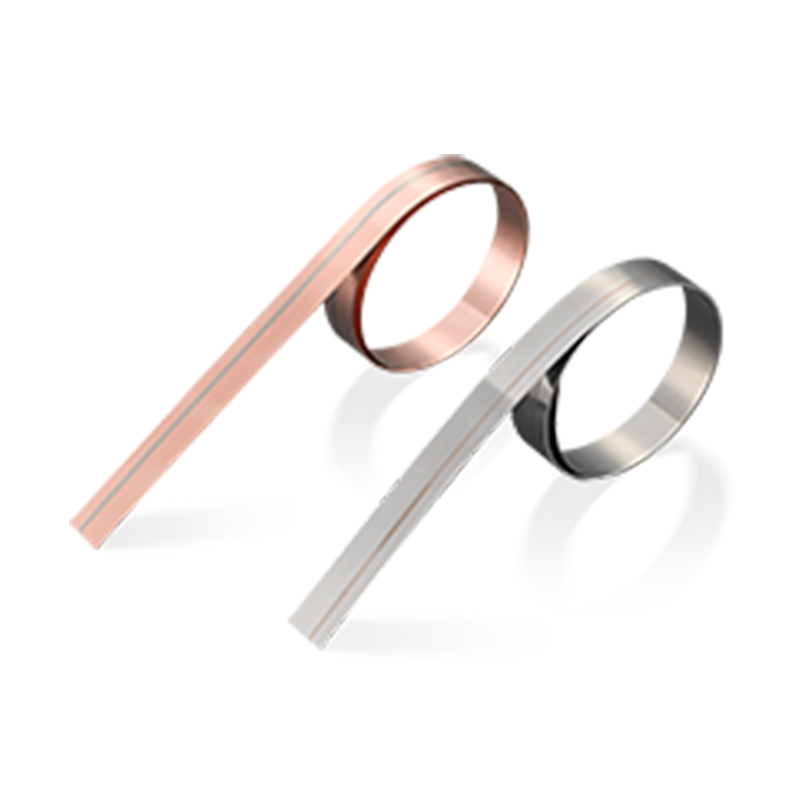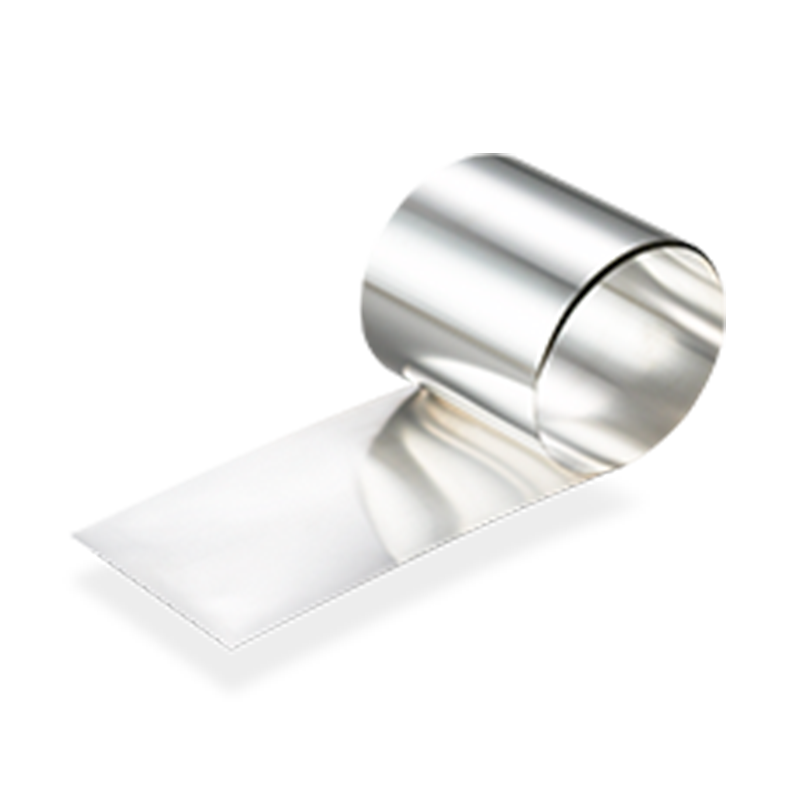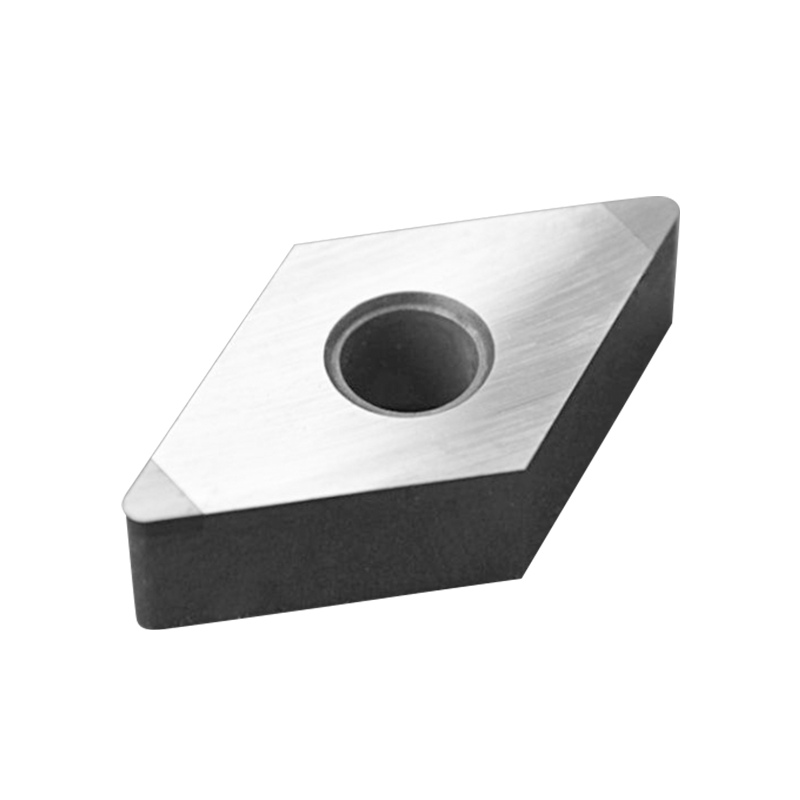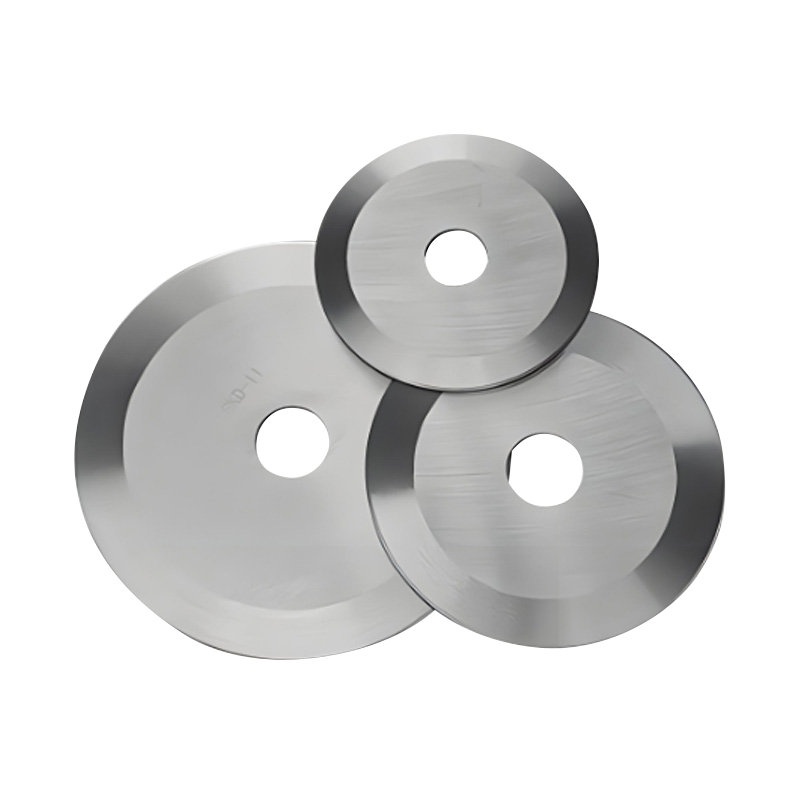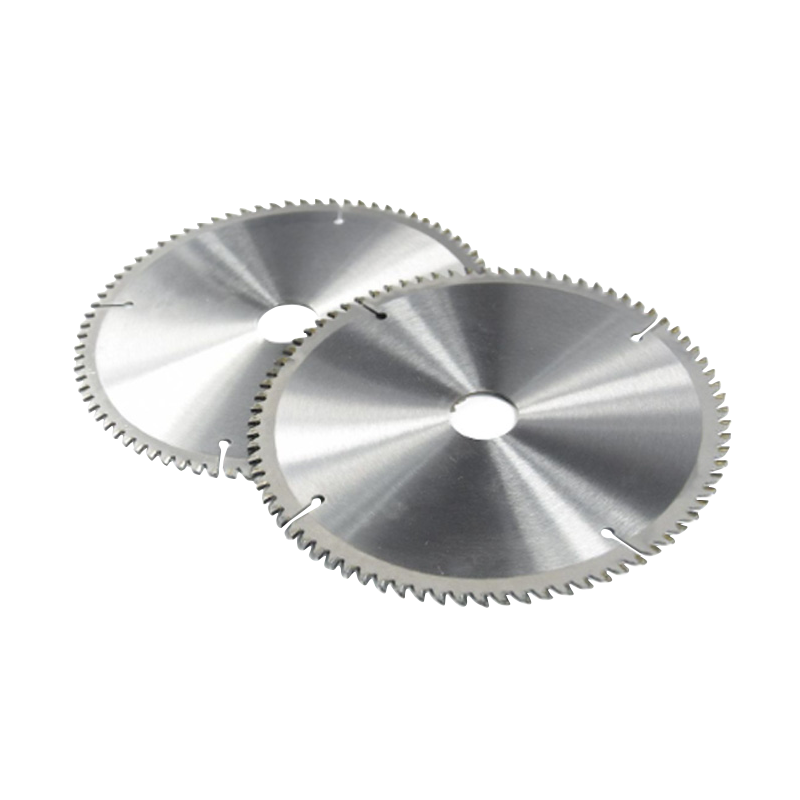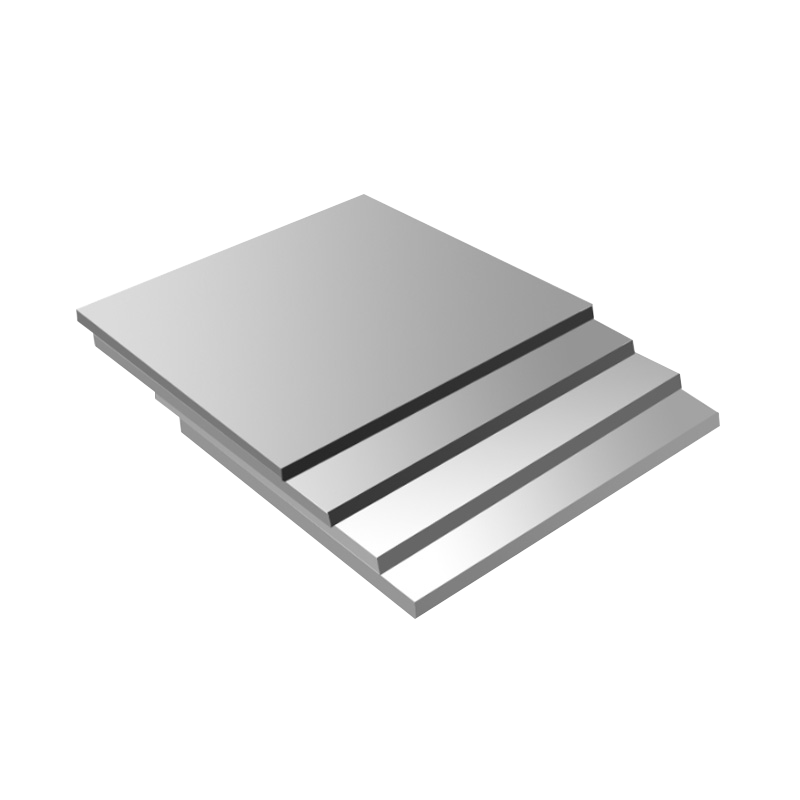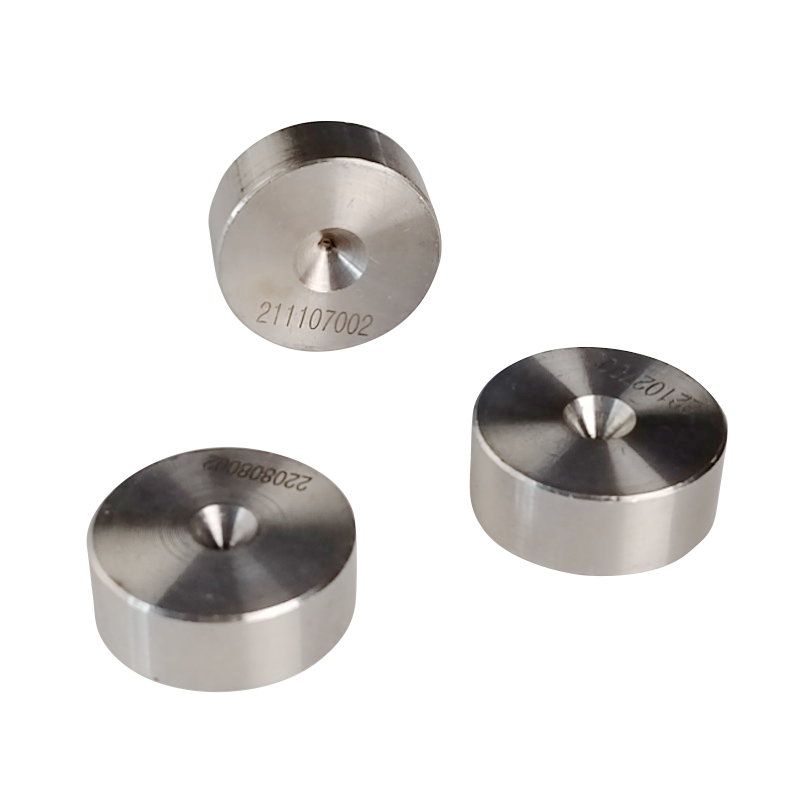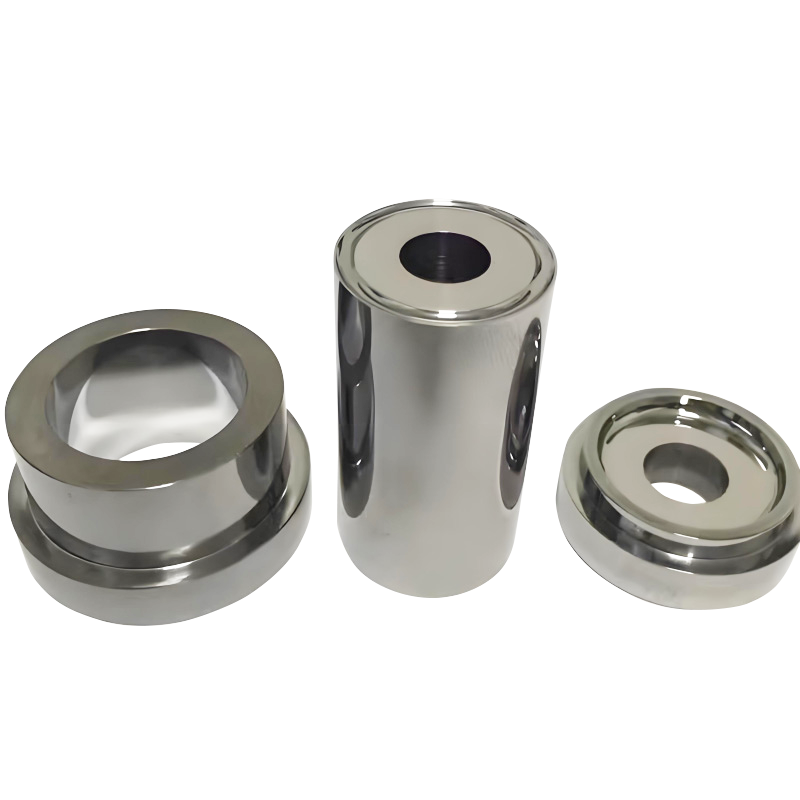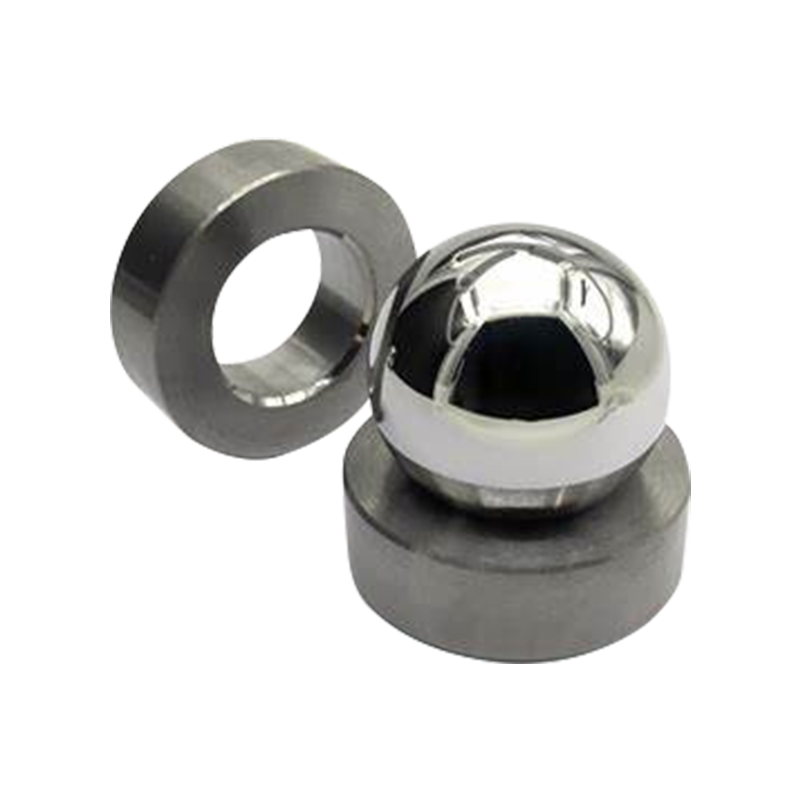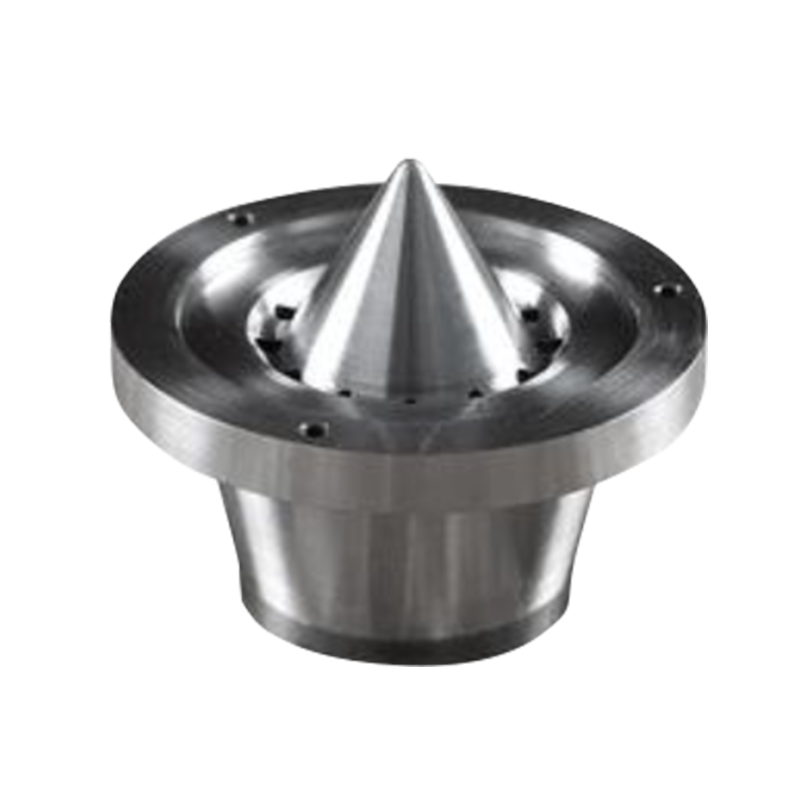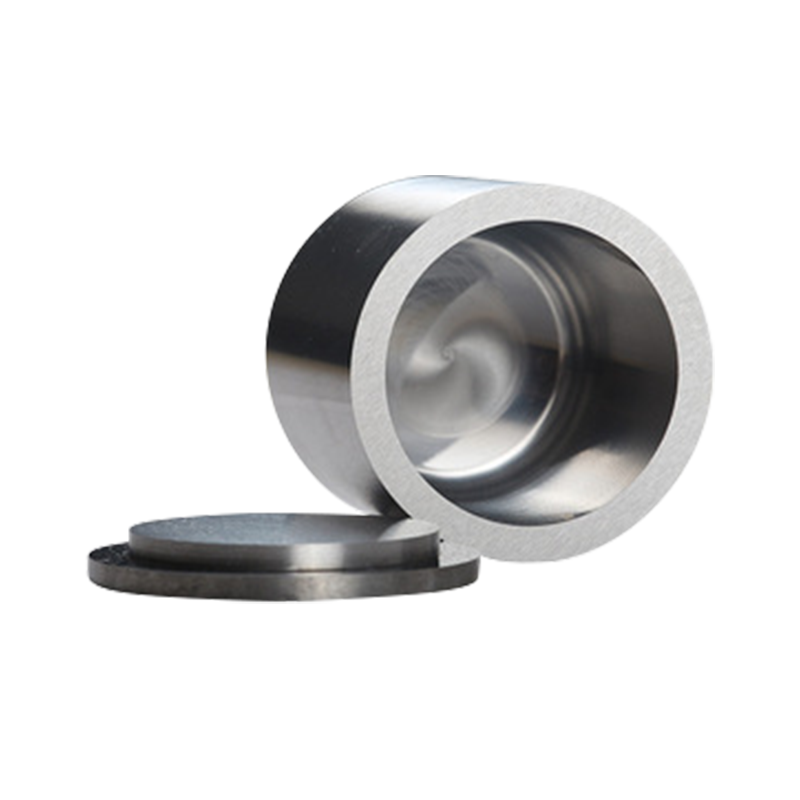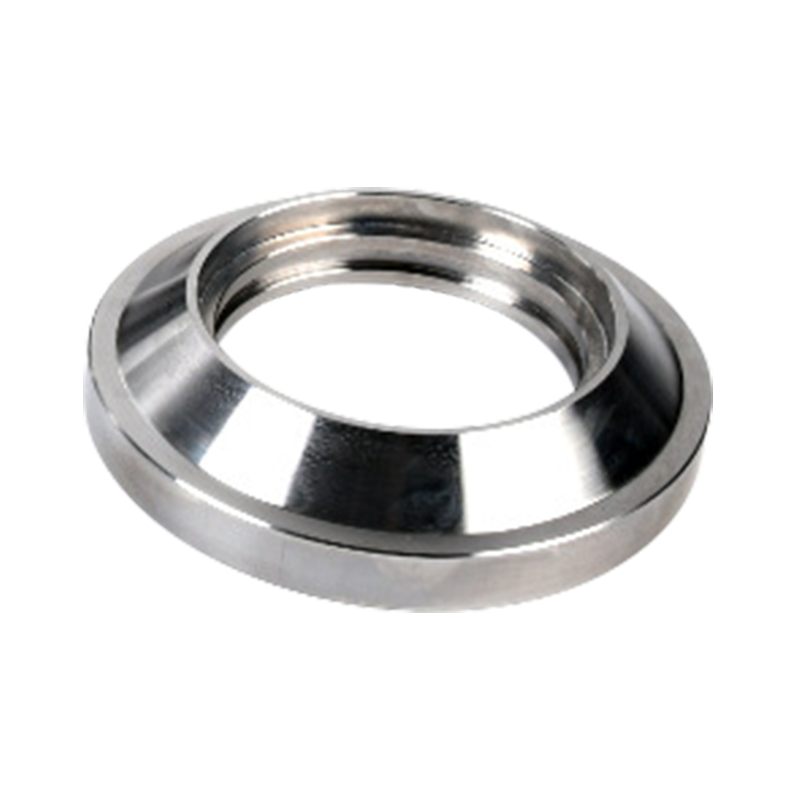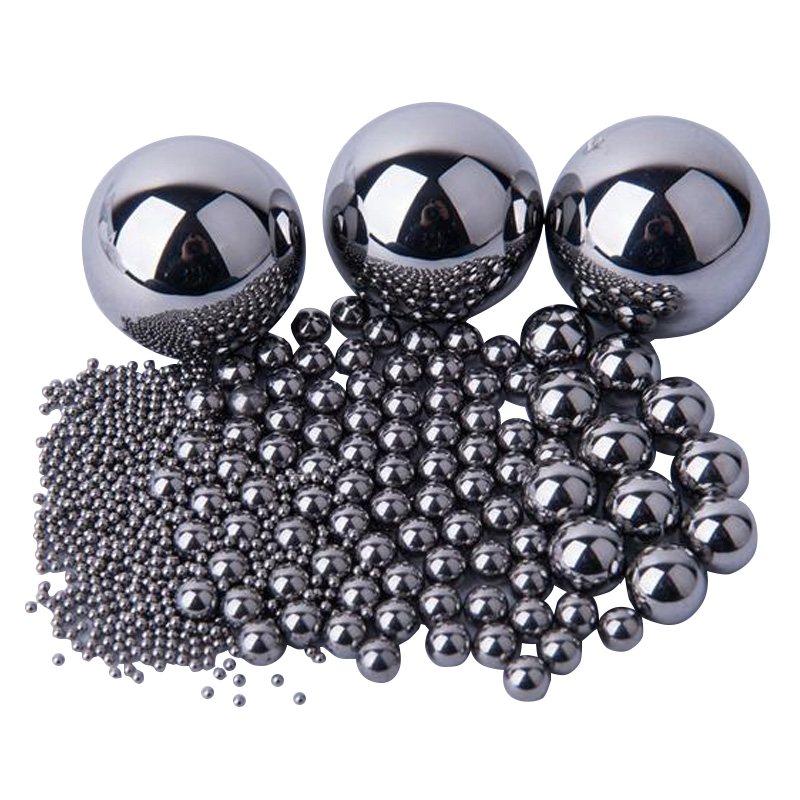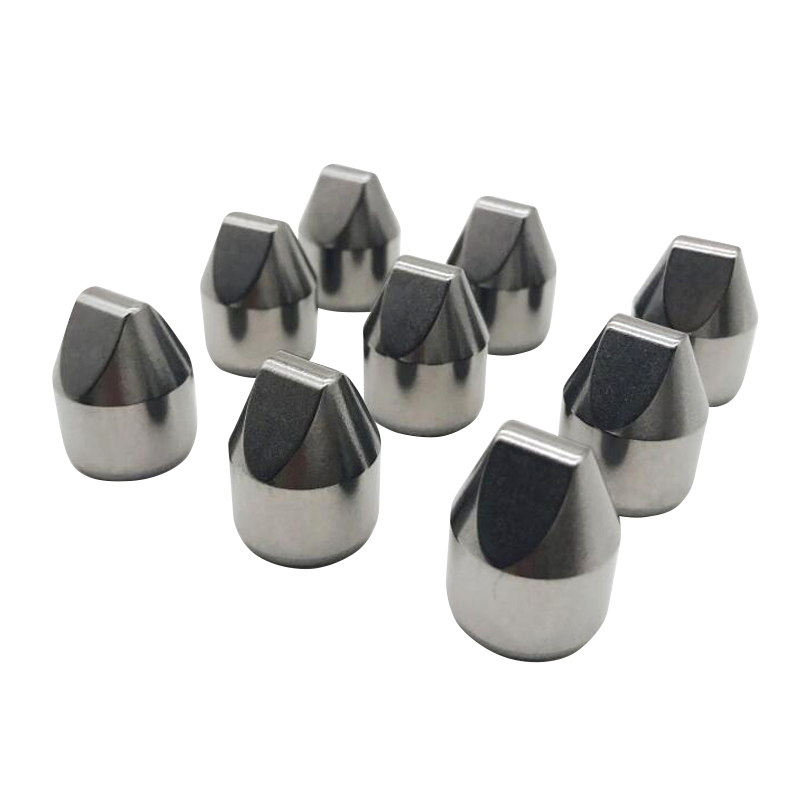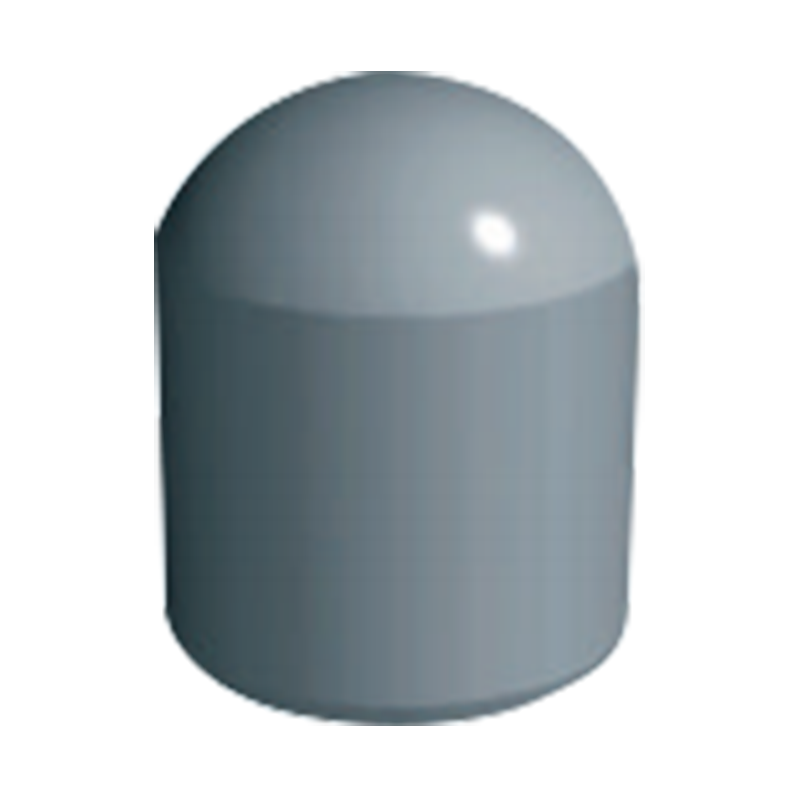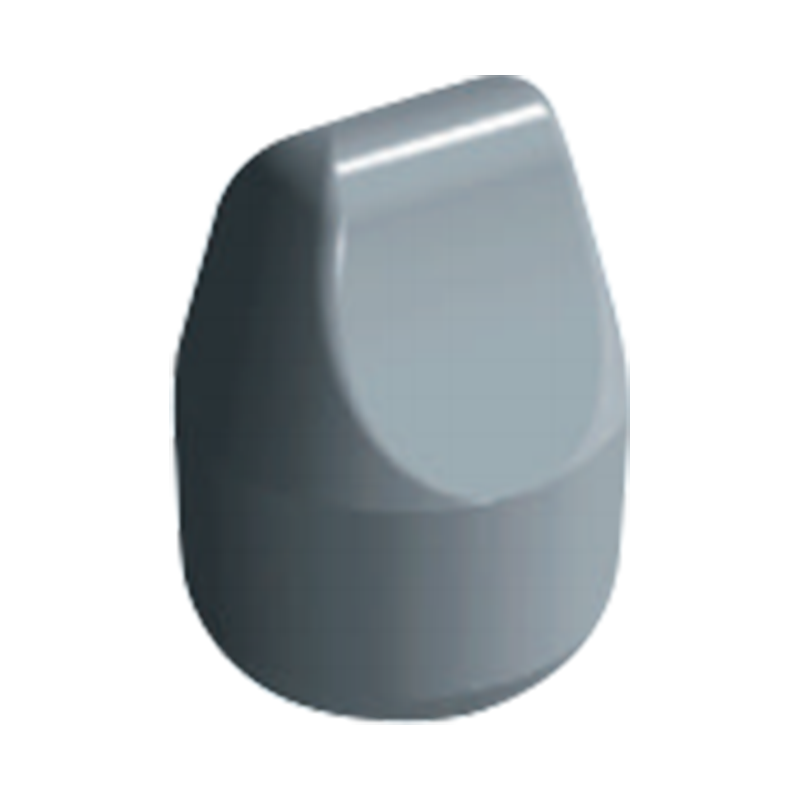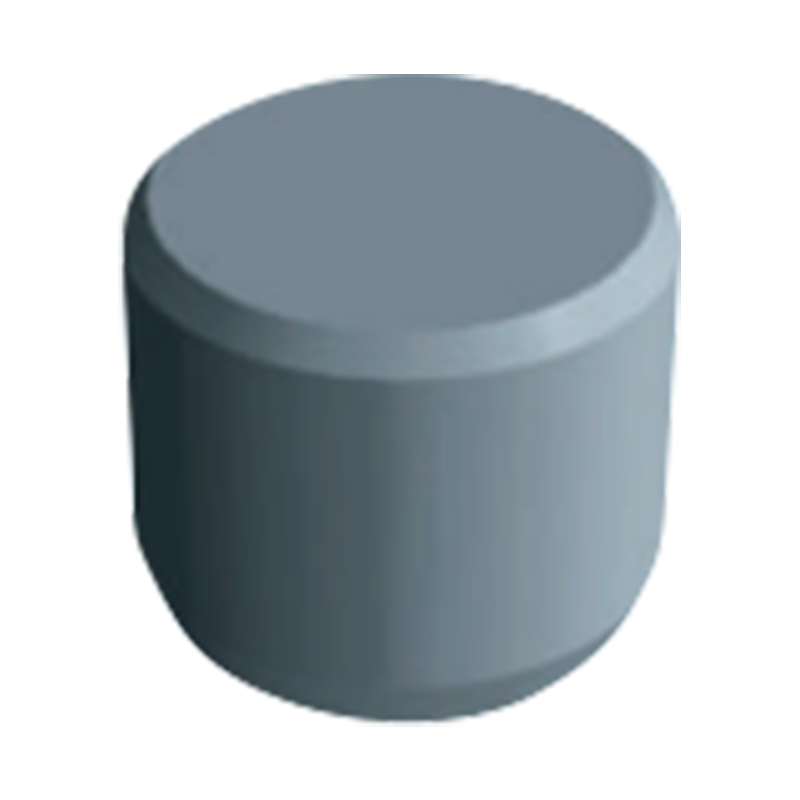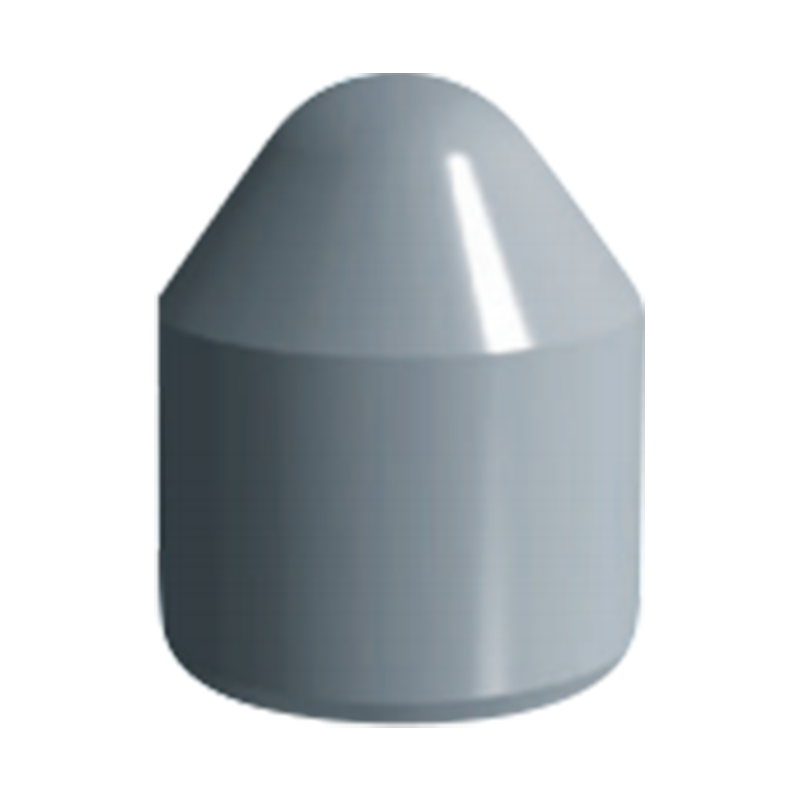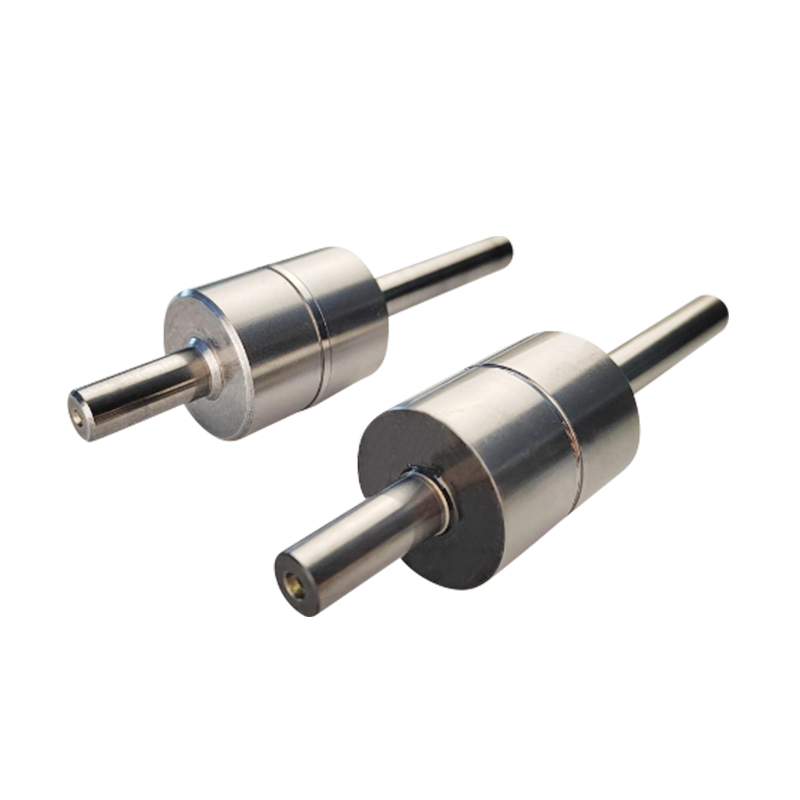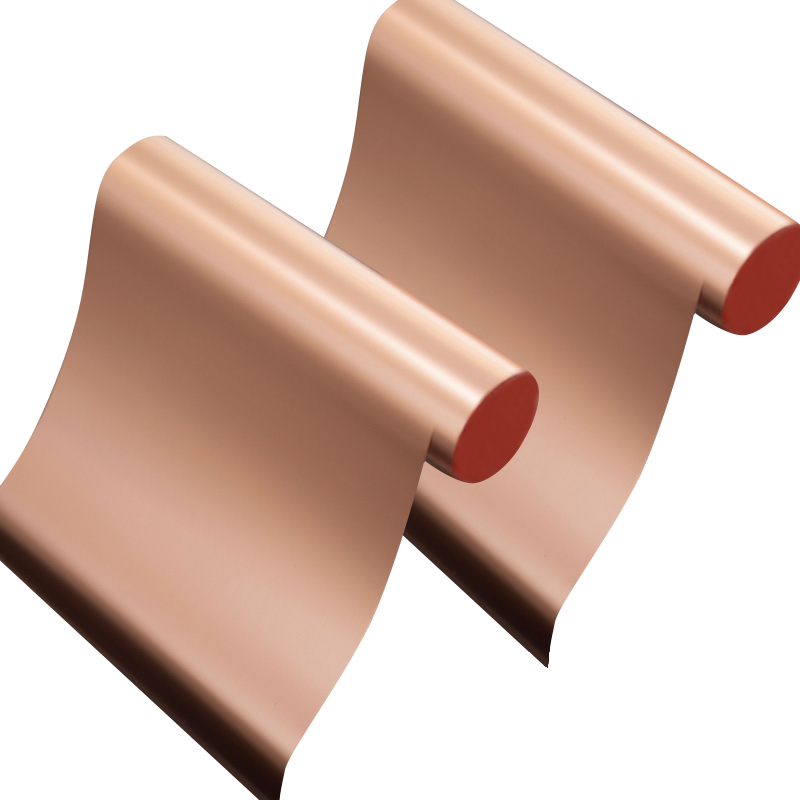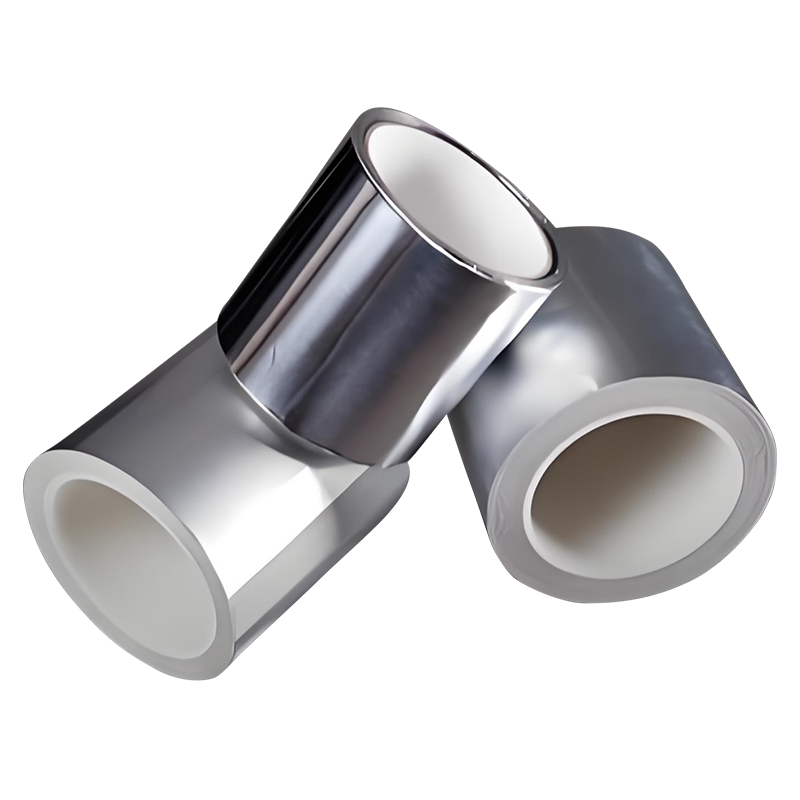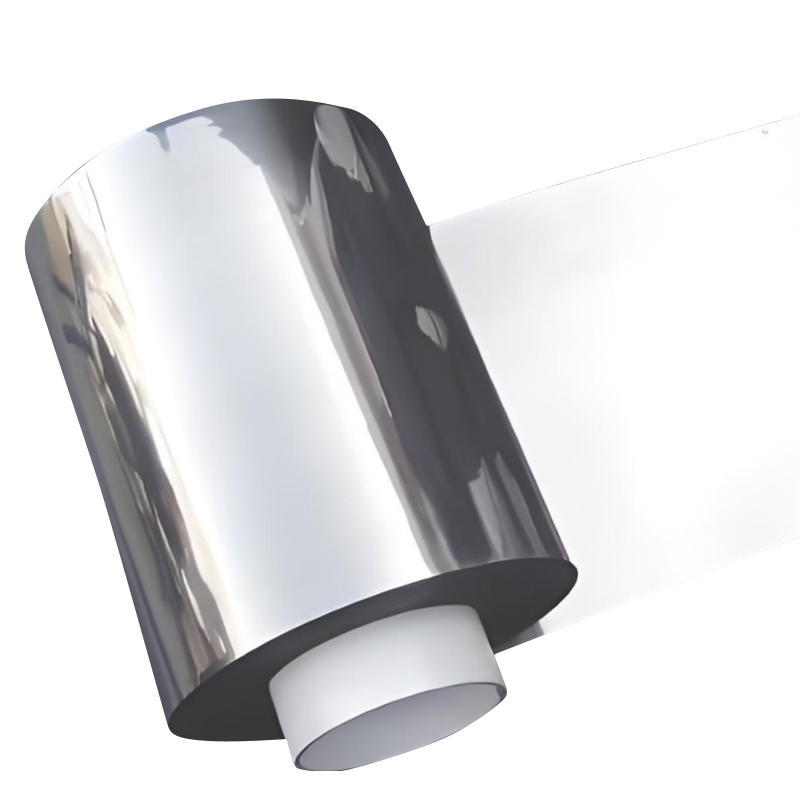If you need any help, please feel free to contact us
- Silver Alloy Electrical Contact Materials
- Copper Alloy Electrical Contact Materials
- Multi-layer Composite Materials
- Special Type Of Wire
- Thermal Bimetal Material
- Copper Steel Composite Material
- Copper Aluminum Composite Material
- Silver Copper Composite Material
- Copper Nickel Composite Material
- Aluminum Nickel Composite Material
- Aluminum Steel Composite Material
- Noble Metal Complex
Multi-layer Composite Materials Manufacturers
Composite contact electrical contact materials are materials used for electrical contact that are composed of two or more different materials. It combines the advantages of different materials and has good electrical conductivity, arc resistance, welding resistance, and other properties. It is widely used in electrical equipment such as relays and switches and performs well under medium and low voltage and current conditions. Composite contact electrical contact materials can meet the specific needs of different electrical application scenarios.
We are a leading manufacturer in the composite contact electrical materials industry, driving innovation with precision and quality. Our advanced manufacturing capabilities ensure that every product meets the highest standards, offering unmatched reliability for a wide range of electrical applications. Partner with us to elevate your products with cutting-edge solutions that deliver performance, durability, and efficiency.
Global Smart Manufacturing
Wenzhou Hongfeng Electrical Alloy Co., Ltd. (hereinafter referred to as “Wenzhou Hongfeng”), founded in September 1997, is a material technology company engaged in new material technology research and development, production, sales, and service, providing customers with a full range of solutions in the field of new alloy functional composite material. Multi-layer Composite Materials Manufacturers and Custom Multi-layer Composite Materials Factory. The company was listed on the Shenzhen Stock Exchange (stock code: 300283) in January 2012.
The main products include electrical contact materials, metal-matrix engineered composite materials, cemented carbide materials, high-performance extremely thin lithium copper foil, and intelligent equipment, providing customers with integrated functional solutions from material research and development to component manufacturing, and then intelligent manufacturing. Supply Custom Multi-layer Composite Materials. The products are widely applied in industrial manufacturing, intelligent transportation systems, smart homes, communication information, aerospace, mining, machinery manufacturing, medical, and other fields.
The performance of tungsten carbide plates is heavily influenced by the sintering process used during manufacturing. Sintering determines the final density, str...
Introduction Tungsten carbide bars and rods are widely used in industries requiring extreme hardness, wear resistance, and thermal stability — such as tooling, ...
IntroductionTungsten carbide plates are engineered components made from a composite material consisting primarily of tungsten and carbon atoms, sintered togethe...
Tungsten carbide burrs are rotary cutting tools used in a wide range of industrial applications requiring precision, speed, and durability. Engineered from one ...
Unlocking the Potential of Multi-Layer Composite Materials: Advanced Testing and Real-World Applications
Understanding the microstructural behavior of multi-layer composite materials under stress is critical. Techniques like scanning electron microscopy (SEM) and transmission electron microscopy (TEM) allow engineers to visualize grain boundaries, interfacial bonding, and phase distributions at the nanoscale. For instance, when analyzing silver-tungsten carbide (Ag-WC) composites, SEM reveals how evenly dispersed carbide particles enhance arc resistance—a key factor in high-current relays. Similarly, X-ray diffraction (XRD) helps identify crystalline changes after prolonged arcing, ensuring materials like our copper-chromium (Cu-Cr) composites retain structural integrity over time.
But characterization isn’t just about post-mortem analysis. At Wenzhou Hongfeng, we integrate real-time testing into R&D, simulating extreme conditions to predict performance. For example, thermal cycling tests expose composites to rapid temperature fluctuations, mimicking environments in electric vehicle (EV) charging systems. By correlating data from these tests with computational models, we optimize layer thickness and material pairings, ensuring our multi-layer composite materials excel in both conductivity and mechanical resilience.
Standardized Testing: Bridging Lab Innovations and Real-World Reliability
While advanced tools provide granular insights, standardized protocols like ASTM B539 and IEC 61261 ensure consistency across industries. These tests evaluate parameters such as contact resistance, wear rate, and arc erosion under controlled conditions. However, adapting them to multi-layer composite material requires creativity. For instance, traditional wear tests may overlook interfacial delamination risks—a challenge we’ve addressed by developing proprietary methods to assess bond strength between layers.
Our decades of experience in producing electrical contact materials, cemented carbides, and ultra-thin lithium copper foils have taught us that reliability hinges on balancing innovation with practicality. That’s why we combine ISO-certified processes with custom testing rigs, ensuring materials like our silver-cadmium oxide (Ag-CdO) composites meet the stringent demands of aerospace and medical devices.
As pioneers in functional composite solutions, we don’t just manufacture materials—we engineer systems. Our intelligent equipment division integrates multi-layer composite materials into components for smart grids and industrial automation, ensuring seamless performance from R&D to end use. By aligning testing outcomes with application-specific needs, we’ve become a trusted partner in sectors where failure isn’t an option.
- Tel:
+86-18857735580 - E-mail:
[email protected]
- Add:
No. 5600, Oujin Avenue, Wenzhou Marine Economic Development Demonstration Zone, Zhejiang Province, China
Copyright © Wenzhou Hongfeng Electrical Alloy Co., Ltd. All Rights Reserved. Custom Multi-layer Composite Materials Manufacturers

 en
en English
English Deutsch
Deutsch